Long before the classic “doughnut” had been invented by Dutch settlers in North America sometime in the 19th century, cultures around the world were enjoying sizzling dough. You may think Dunkin’ Donuts, Krispy Kreme and all those new artisanal doughnut joints have perfected the classic, sugary, sprinkle-covered confection, but these international masterpieces will leave you craving more. Brace yourselves.
Israel—Sufganiyot
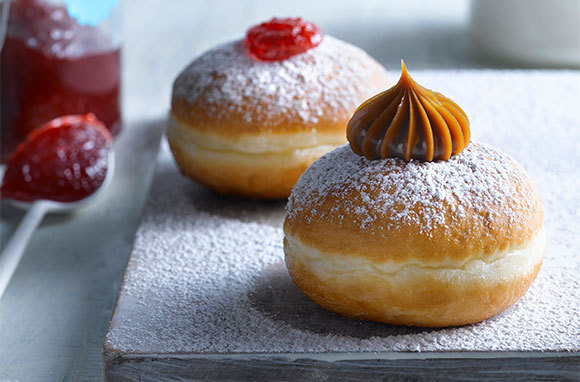
Photo courtesy of Smarter Travel
Sufganiyot are a deep-fried, sugar-coated Hanukkah treat available only in the few weeks leading up to the holiday, when fried foods are meant to commemorate the miracle of the Temple Oil. A bit classier than regular jelly doughnuts, sufganiyot come in wild artisanal flavors like melon-vodka, macchiato, champagne cream or halva with dark chocolate, tiramisu, plum and chili or falafel and tahini.
France—Beignets
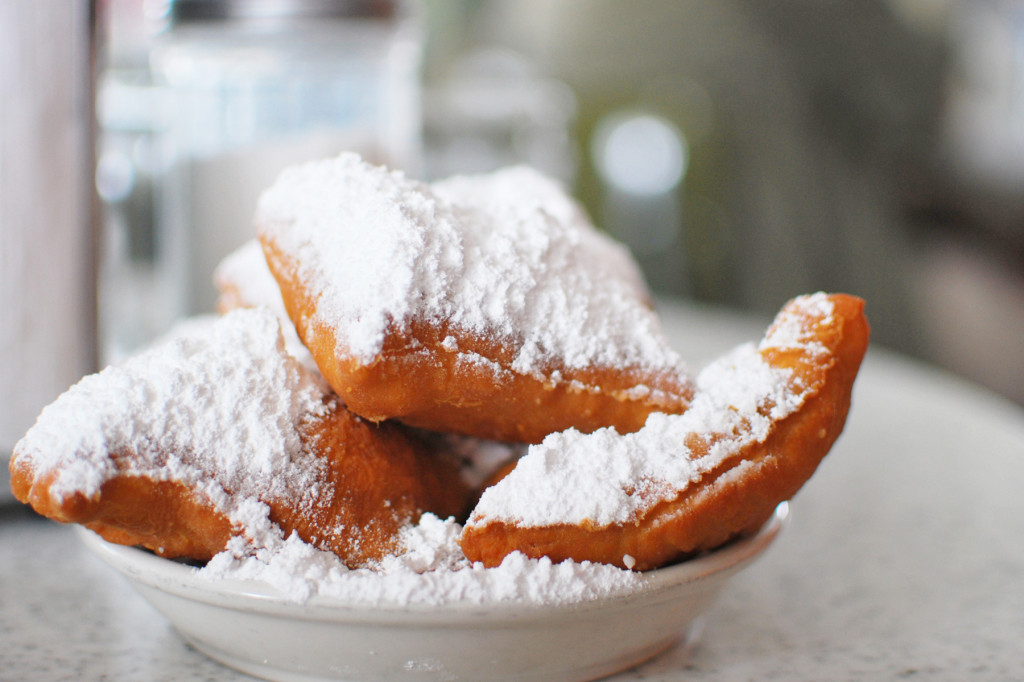
Photo courtesy of honeysucklelife.com
Found in New Orleans and nearly every patisserie in France, these square fritters, usually with a fruity center, are unbelievably délicieux. Beignets are made from deep-fried choux dough, also used for French classics such as profiteroles and eclairs.
Peru—Picarones
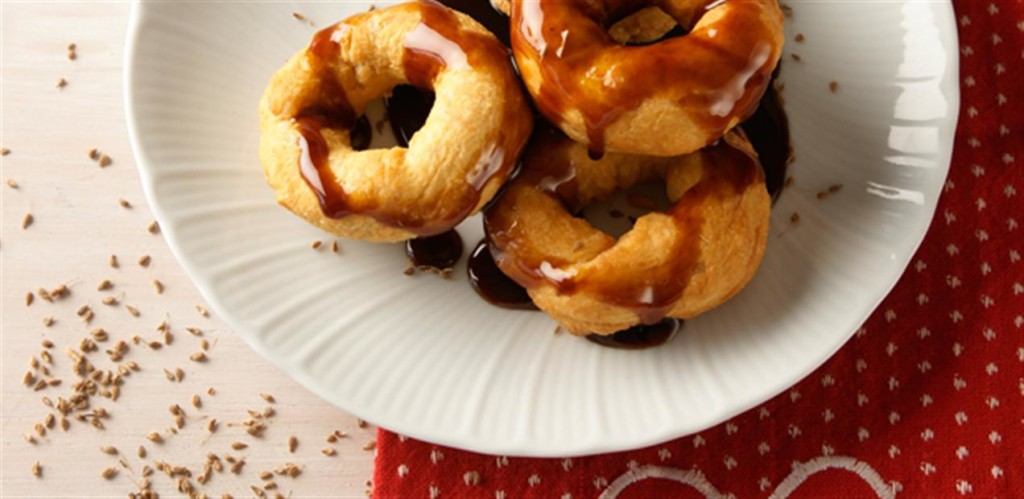
Photo courtesy of ww1.nestle.com
Usually made from sweet potato, squash or pumpkin, these Peruvian doughnuts have an uncommon spicy-but-sweet flavor. Crispy, warm and dipped in syrup (or chancaca), they replaced the more expensive buñuelos during the colonial period and have been a Peruvian staple ever since. Picarones are traditionally served after a popular Peruvian meat dish, anticuchos.
Eastern Europe—Paczki/Ponchiki
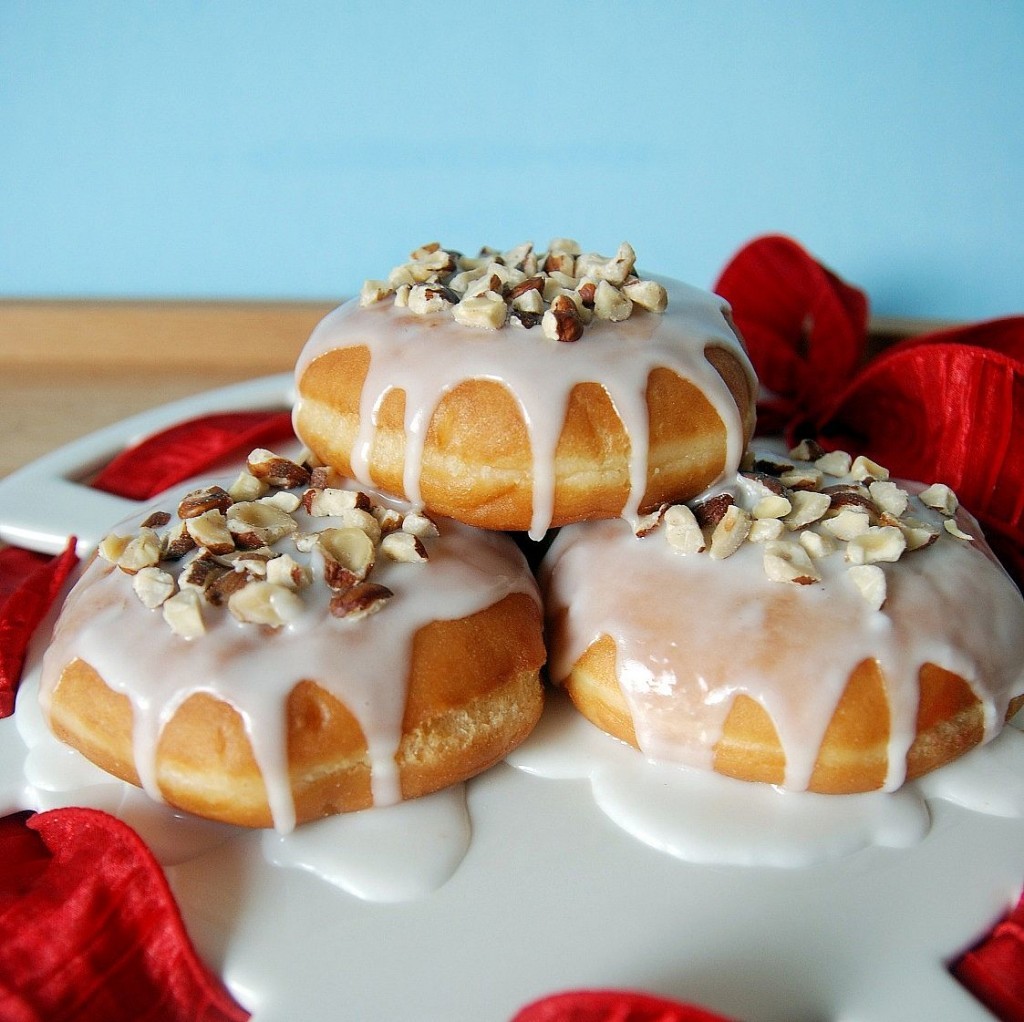
Photo courtesy of The Novice Chef
This Polish/Russian style of doughnut’s secret ingredient is (surprise!) grain alcohol, which adds a super fun boozy twist. Paczki are sweet, flattened spheres while ponchiki resemble powdered munchkins. They’re even associated with a folktale called “Kolobok,” where a ball of breaded dough avoids being devoured until (spoiler alert) he is tricked by a fox. Basically, a precursor to our pal, the Gingerbread Man.
The Netherlands & Belgium—Oliebollen
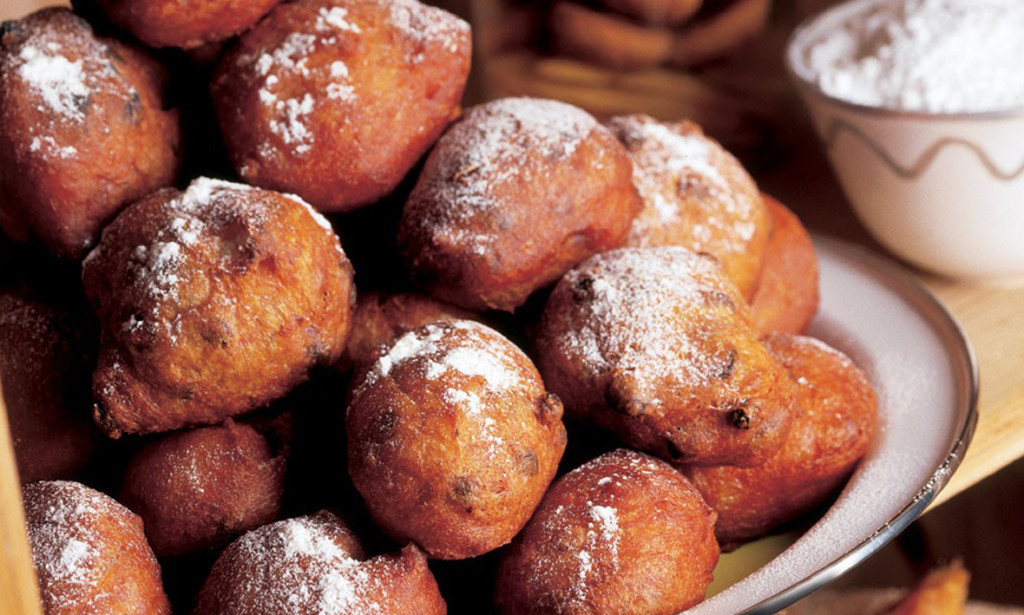
Photo courtesy of lifesabout.nl
Oliebollen, which literally translates to “oil sphere” (yum) is a traditional Dutch and Belgian type of doughnut most popular around New Year’s. The dough is made from flour, eggs, yeast, some salt, milk, baking powder and usually sultanas, currants or raisins. Basically, they’re what you’d get if a deep fried dumpling and doughnut had a baby. You can thank the gods of hybrid food for this one.
China—Youtiao
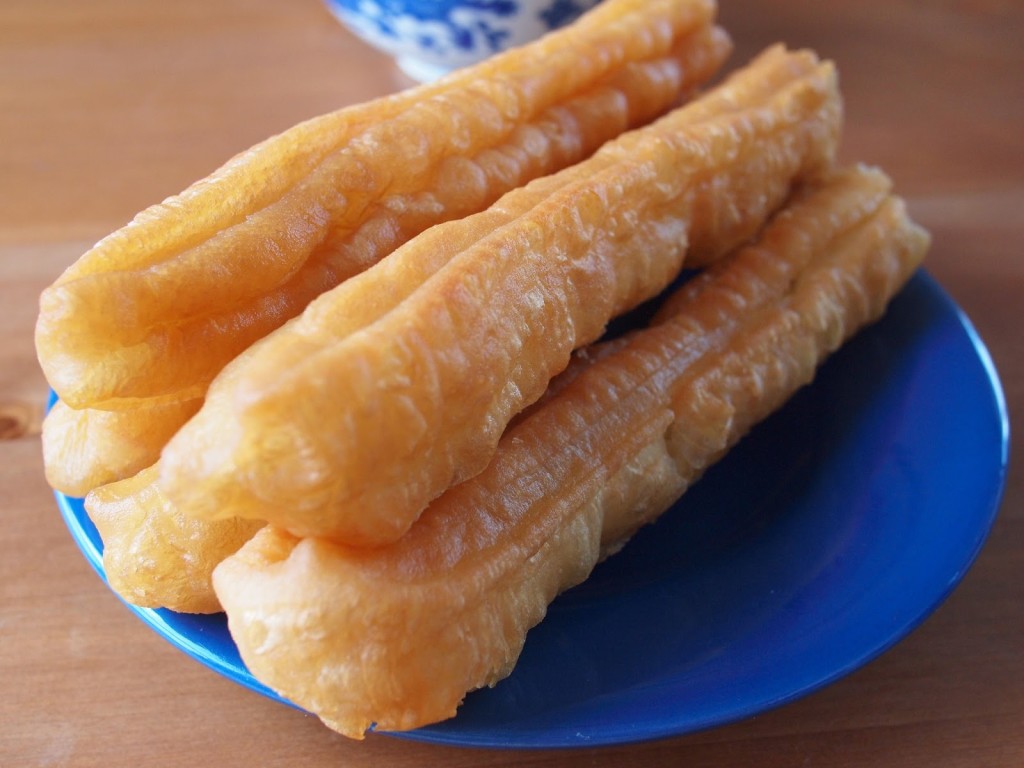
Photo courtesy of breakfastabroad.blogspot.com
This Chinese doughnut is a long, golden-brown, deep-fried strip of dough (guess they missed the spherical memo). Lightly salted, they are usually eaten at breakfast with rice congee or soy milk. Interestingly, this doughnut’s Cantonese name, yàuhjagwái, literally means “oil-fried devil.” According to folklore, this tasty treat was a form of protest during the Song Dynasty. Which is objectively better than a picket sign.
Germany & the Czech Republic—Berliner/Kobliha
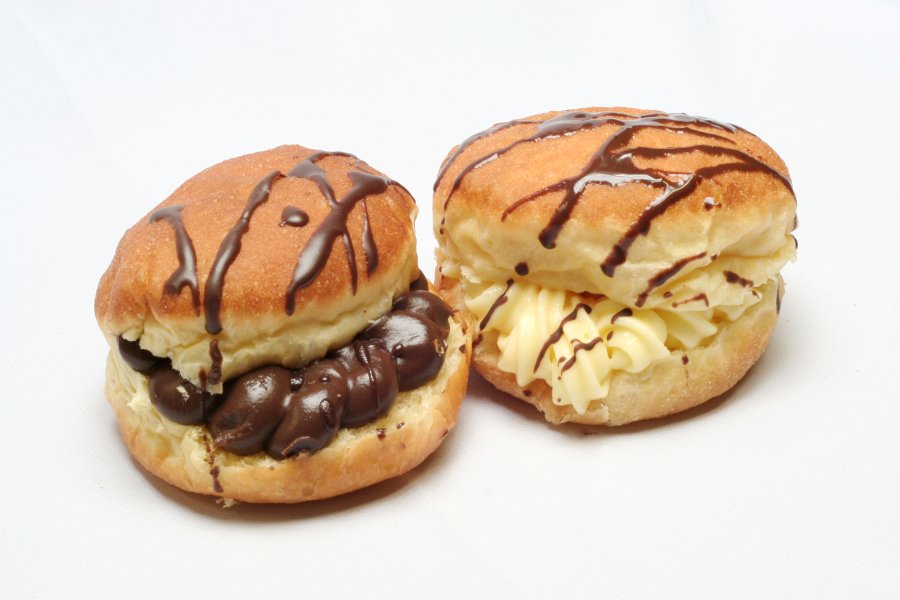
Photo courtesy of pekarstvi-fiala.cz
These doughnuts typically lack a hole (talk about unholy) and are filled to bursting with marmalade and jam (popular flavors include plum, strawberry, raspberry and even rum). The Czech kobliha is filled with sweet, creamy vanilla bean custard and topped with crystalized sugar. There’s even a popular Prague restaurant called Meat and Donut (Maso a Kobliha), which is basically the chicken and waffles of Europe.

